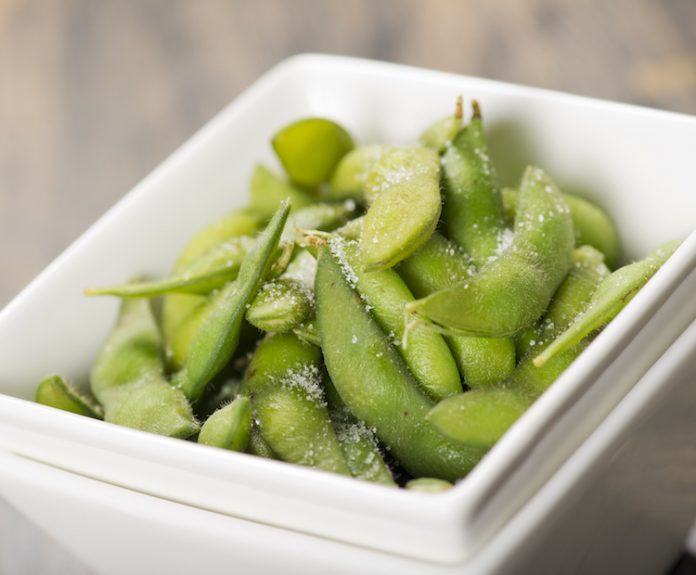It’s no secret that what you eat can affect your skin. You might already try to eat foods high in antioxidants like vitamin A and vitamin E to help improve your complexion. However, there’s another nutrient you might not be as familiar with that can do wonders for your skin. Hyaluronic acid is a compound that occurs naturally in your body, and it is responsible for attracting and retaining moisture. It is thought to improve cell-to-cell interaction and promote collagen synthesis, which can prevent wrinkles and improve your skin’s texture.
Your body does make its own hyaluronic acid, but as you age, your production of it diminishes. Some people choose to inject hyaluronic acid as a dermal filler, which can help add volume to the skin. Others apply it topically, which won’t produce as dramatic or lasting results—as it can’t reach the deepest layers of the skin—but can still smooth the appearance of fine lines and wrinkles.
If you want to increase your levels of hyaluronic acid in other ways, you can look to your diet. There are a number of foods that contain the compound that can help your skin stay supple and smooth.
Here are some foods high in hyaluronic acid, as well as some foods that help increase hyaluronic-acid production, that you should be eating.
1. Bone Broth
Eating bone broth is your best bet when it comes to hyaluronic acid. “With the exception of animal products like chicken combs/cartilage (which is where supplements may be derived from), it can be tough to get direct sources of hyaluronic acid,” says Autumn Ehsaei, MS, RDN, LDN, CNSC, CLT, a nutritionist who believes in having a healthy relationship with food. “That being said, a bone broth that is made from many parts of the animal might have some benefit.” Because the bones are simmered in water over a period of 24 hours, it leaches nutrients, including hyaluronic acid, from the bones and adds them to the water.
2. Soy-Based Foods
“It’s thought that an increase of estrogen may help production of HA by the body,” says Ehsaei. Include foods like tofu, tempeh and edamame—which are all soy products that contain some estrogen—in your diet. Throw them in a salad, mix them in a stir-fry or nibble on them as a snack. “The great thing about these foods is that they are a fantastic source of plant-based complete proteins, are full of vitamins and minerals, and filling,” says Ehsaei.
3. Starchy Root Vegetables
“Some research indicates that starchier root vegetables may increase the production of HA by the body,” says Ehsai. These foods include potatoes, sweet potatoes and other tubers such as jicama and Jerusalem artichoke. “Luckily, those foods are also great sources of potassium, fiber, vitamin B6, vitamin A and vitamin C, all of which are great for our bodies,” she says.
4. Citrus Fruits
Citrus fruits all contain naringenin, which inhibits the breakdown of HA in the body, according to dermatologist Margarita Lolis, MD. In addition to fruits like oranges and grapefruits, tomatoes and bananas contain naringenin as well. “Eating grapefruits with breakfast and snacking on oranges and grape tomatoes during the day will absolutely lead to more supple glowing skin in as fast as three weeks,” she says.
5. Leafy Greens
Aside from making up so many colorful dishes, leafy greens are a strong source of magnesium—a necessary catalyst to help with HA production in the body. So for supple skin and that oh-so-radiant glow, consider adding these superfoods to your diet. Spinach, kale and microgreens all provide a good measure of magnesium, and they couldn’t be easier to toss into a salad or add into your wrap of choice. In addition to the leafy variety, the likes of avocado, edamame and okra are all packed with magnesium, giving you another source for HA-friendly foods.
6. Nuts and Seeds
If you’re looking for another daily dose of nutrients to add to your diet, look no further than nuts and seeds. Due to their high magnesium content, they can help promote the production of hyaluronan and in turn, help with your natural glow. For those packed with the most magnesium, try brazil nuts, chia seeds, cashew nuts, almonds and pumpkin seeds. The best part? Whether you’re whipping up a breakfast bowl, sprinkling some on your salad or grabbing a handful for a tasty snack—they’re easy to add, and a little goes a long way.

























